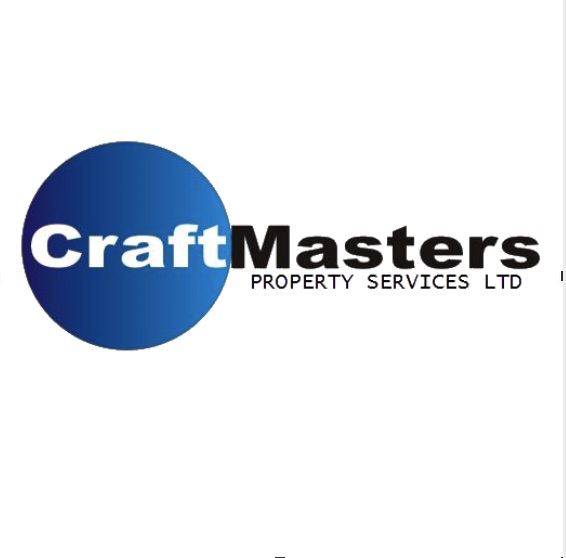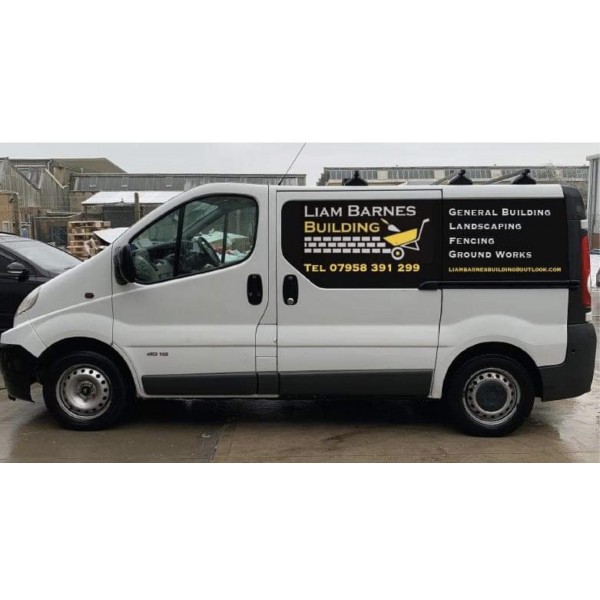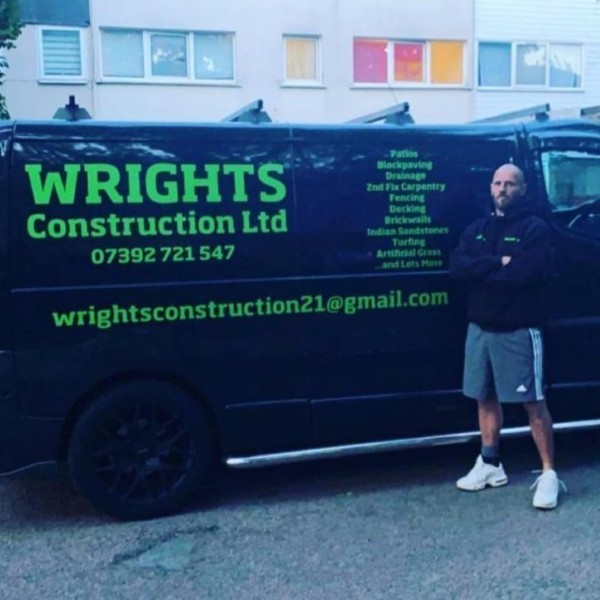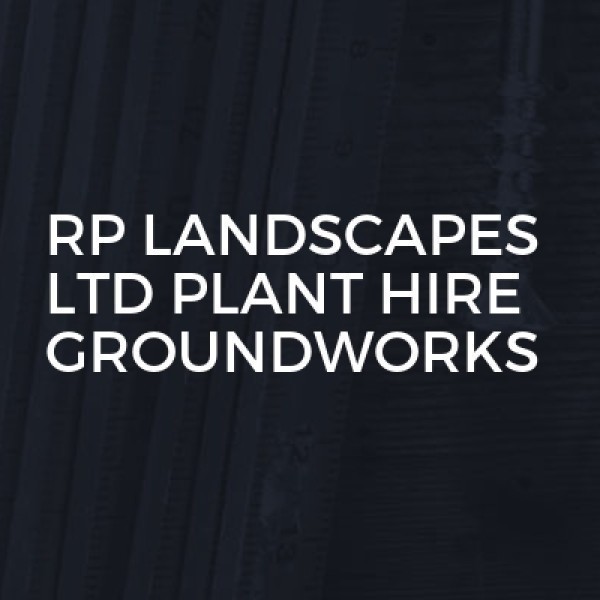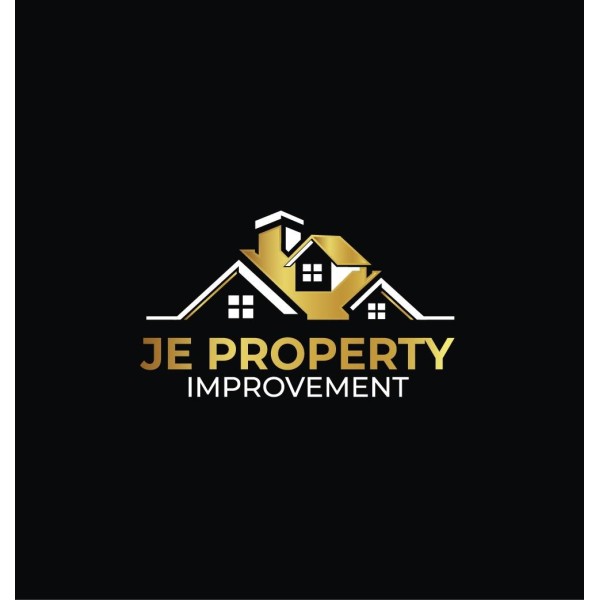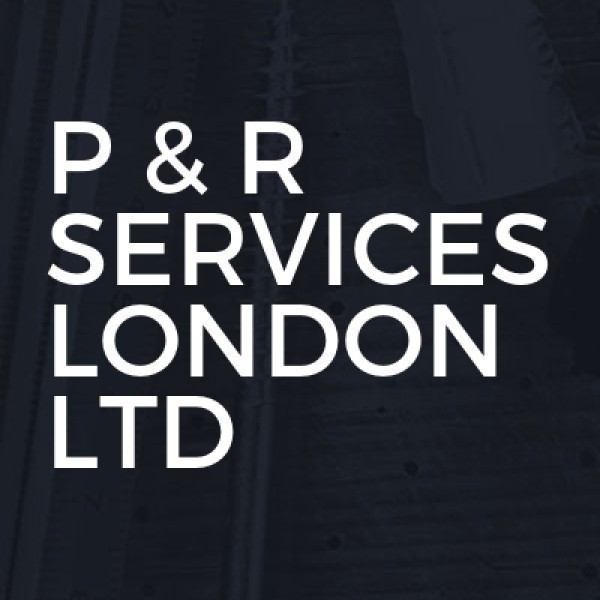Block Paving in the UK
Welcome to Andy & ES Limited, the premier choice for all your construction and maintenance needs in Moulton Park and throughout Northampt... read more »
Welcome to TKO Kitchens & Construction LTD, your go-to experts for all things construction in Peel Green and Gr... read more »
Welcome to Oakenshield Ltd, your premier choice for comprehensive building and renovation services in Wisbech and the surrounding Cambrid... read more »
Welcome to JC Construction Group Ltd, the premier choice for extension builders, loft conversions, and more in Langdon Hills and across E... read more »
Hysmark Ltd is a trusted UK-based company specializing in high-quality residential construction, maintenance, and refurbishment. With ye... read more »
Welcome to Mountbank Developments, your premier choice for all building and refurbishment needs in New Milton and across Hampshire. As a... read more »
Welcome to Premier Estates Home Improvements, your go-to experts in Ettingshall for all your building and landscaping needs. As a leading... read more »
Welcome to Craftmasters Property Services Ltd, your go-to experts for all things home improvement in the heart of Barford, Warwickshire.... read more »
Welcome to Home Sweet Home Leicestershire Ltd, your go-to experts for all tradespeople services in Leicester and across Leicestershire. W... read more »
Welcome to Liam Barnes Building, your go-to experts for all construction and landscaping needs in Carterton and throughout Oxfordshire. A... read more »
Welcome to JRL Landscapes, your premier choice for landscaping contractors in Barry Dock and the stunning Vale of Glamorgan. As experts i... read more »
D.G. Carpentry is your go-to solution for all things carpentry and construction in the picturesque area of Norwood Hill,... read more »
Welcome to V.Ozols, your trusted partner for all your landscaping and groundwork needs in Becontree, Barking & Dagenham, London. As a fam... read more »
Wrights Construction LTD: Your Premier Tradespeople in Walton, Buckinghamshire
Welcome to Wrights Construction L... read more »
Khinda Constructions Ltd: Premier Builders in Great Bridge, West Midlands
Welcome to Khinda Constructions Ltd, y... read more »
MCM Construction LTD is a reputable and experienced company based in Broadoak Park, proudly serving the Greater Manchest... read more »
Welcome to Rosendale Paving & Landscaping Ltd, your go-to experts for all things landscaping... read more »
Welcome to RP Landscapes Ltd, your go-to experts for all landscaping and groundwork needs in Greenbank and across Cheshire. Our team of s... read more »
Welcome to JE Property Improvement LTD, your trusted partner for all your home improvement needs in Stubbington and across Hampshire. As... read more »
Welcome to P & R Services London LTD, your go-to experts for all your building and renovation needs in Holmer Green and the wider Bucking... read more »
Search Block Paving by county
- Block Paving in London
- Block Paving in Bedfordshire
- Block Paving in Berkshire
- Block Paving in Bristol
- Block Paving in Buckinghamshire
- Block Paving in Cambridgeshire
- Block Paving in Cheshire
- Block Paving in Cornwall
- Block Paving in County Durham
- Block Paving in Cumbria
- Block Paving in Derbyshire
- Block Paving in Devon
- Block Paving in Dorset
- Block Paving in East Riding of Yorkshire
- Block Paving in East Sussex
- Block Paving in Essex
- Block Paving in Gloucestershire
- Block Paving in Greater Manchester
- Block Paving in Hampshire
- Block Paving in Herefordshire
- Block Paving in Hertfordshire
- Block Paving in Isle of Wight
- Block Paving in Isles of Scilly
- Block Paving in Kent
- Block Paving in Lancashire
- Block Paving in Leicestershire
- Block Paving in Lincolnshire
- Block Paving in Merseyside
- Block Paving in Norfolk
- Block Paving in North Yorkshire
- Block Paving in Northamptonshire
- Block Paving in Northumberland
- Block Paving in Nottinghamshire
- Block Paving in Oxfordshire
- Block Paving in Rutland
- Block Paving in Shropshire
- Block Paving in Somerset
- Block Paving in South Yorkshire
- Block Paving in Staffordshire
- Block Paving in Suffolk
- Block Paving in Surrey
- Block Paving in Tyne and Wear
- Block Paving in Warwickshire
- Block Paving in West Midlands
- Block Paving in West Sussex
- Block Paving in West Yorkshire
- Block Paving in Wiltshire
- Block Paving in Worcestershire
Introduction to Block Paving
Block paving is a popular choice for driveways, patios, and pathways, offering a durable and aesthetically pleasing surface. This versatile paving option is made from various materials, including concrete, clay, and natural stone, and is available in a wide range of colours, shapes, and sizes. Whether you're looking to enhance the curb appeal of your home or create a functional outdoor space, block paving provides a practical solution that combines beauty with functionality.
The History of Block Paving
Block paving has a rich history that dates back to ancient times. The Romans were among the first to use stone blocks to create roads, a testament to the durability and longevity of this paving method. Over the centuries, block paving has evolved, with modern techniques and materials improving its performance and appearance. Today, it remains a popular choice for both residential and commercial applications, thanks to its timeless appeal and robust nature.
Benefits of Block Paving
- Durability: Block paving is known for its strength and ability to withstand heavy loads, making it ideal for driveways and high-traffic areas.
- Versatility: With a wide range of styles, colours, and patterns available, block paving can be customised to suit any design preference.
- Low Maintenance: Once installed, block paving requires minimal upkeep, with occasional cleaning and resealing to maintain its appearance.
- Eco-Friendly: Many block paving options are made from sustainable materials, and permeable designs help manage rainwater runoff.
- Easy Repairs: Individual blocks can be replaced if damaged, without the need to redo the entire surface.
Materials Used in Block Paving
Choosing the right material for block paving is crucial to achieving the desired look and functionality. Each material offers unique characteristics that can influence the overall performance and aesthetic of the paved area.
Concrete Block Paving
Concrete is a popular choice for block paving due to its affordability and versatility. It can be moulded into various shapes and sizes, and coloured to match any design scheme. Concrete blocks are durable and can withstand significant wear and tear, making them suitable for driveways and commercial spaces.
Clay Block Paving
Clay blocks are known for their rich, natural colours and traditional appearance. They are highly durable and resistant to fading, ensuring a long-lasting finish. Clay paving is often used in heritage sites and areas where a classic look is desired.
Natural Stone Block Paving
Natural stone, such as granite, sandstone, or limestone, offers a premium look with unique textures and colours. While more expensive than other materials, natural stone provides unmatched beauty and elegance, making it a popular choice for high-end projects.
Designing with Block Paving
Designing a block paved area involves more than just selecting the right materials. Consideration of patterns, colours, and layout can significantly impact the overall look and feel of the space.
Choosing the Right Pattern
Block paving patterns can range from simple to intricate, each offering a distinct visual effect. Common patterns include herringbone, basket weave, and stretcher bond. The choice of pattern can influence the perceived size of the area and its overall aesthetic.
Colour Selection
The colour of the paving blocks can complement or contrast with the surrounding environment. Neutral tones provide a subtle, classic look, while bold colours can create a striking focal point. Consider the existing landscape and architecture when selecting colours to ensure a harmonious design.
Incorporating Borders and Edging
Borders and edging can add definition and structure to a block paved area. They can be used to highlight specific sections, create visual interest, or provide a neat finish. Choose materials and colours that complement the main paving to enhance the overall design.
Installation Process of Block Paving
Proper installation is key to ensuring the longevity and performance of block paving. While it can be a DIY project, hiring a professional can guarantee a high-quality finish.
Site Preparation
Before laying the blocks, the site must be properly prepared. This involves clearing the area of debris, excavating to the required depth, and ensuring a stable sub-base. Proper drainage should also be considered to prevent water pooling.
Laying the Blocks
Once the site is prepared, the blocks can be laid according to the chosen pattern. It's important to maintain consistent spacing and alignment to achieve a professional look. A layer of sand is often used to bed the blocks and provide stability.
Finishing Touches
After the blocks are laid, the surface should be compacted to ensure a level finish. Jointing sand is then brushed into the gaps between the blocks to lock them in place. Sealing the surface can provide additional protection against stains and weathering.
Maintaining Block Paving
Regular maintenance can keep block paving looking its best and extend its lifespan. Simple cleaning and occasional repairs can prevent minor issues from becoming major problems.
Cleaning Techniques
Block paving can be cleaned using a pressure washer or a stiff brush and soapy water. Regular cleaning removes dirt, algae, and moss, preventing them from becoming ingrained. Avoid using harsh chemicals that could damage the surface.
Weed and Moss Control
Weeds and moss can grow between the blocks, affecting the appearance and integrity of the paving. Regularly removing these growths and applying a weed inhibitor can help maintain a clean surface.
Repairing Damaged Blocks
If a block becomes damaged or stained, it can be replaced without disturbing the surrounding area. Simply remove the affected block and replace it with a new one, ensuring it matches the existing pattern and colour.
Environmental Considerations
Block paving can be an environmentally friendly choice, especially when using sustainable materials and designs that promote water management.
Permeable Paving Options
Permeable block paving allows water to drain through the surface, reducing runoff and the risk of flooding. This is particularly beneficial in urban areas where drainage systems can be overwhelmed during heavy rain.
Sustainable Materials
Choosing materials that are locally sourced or made from recycled content can reduce the environmental impact of block paving. Many manufacturers offer eco-friendly options that do not compromise on quality or appearance.
Cost Considerations for Block Paving
The cost of block paving can vary widely depending on the materials, design complexity, and installation method. Understanding the factors that influence cost can help in budgeting for a project.
Material Costs
Concrete blocks are generally the most affordable option, while natural stone tends to be more expensive. The choice of material will significantly impact the overall cost of the project.
Installation Costs
Professional installation can add to the cost but ensures a high-quality finish. DIY installation can save money but requires time, effort, and skill to achieve a satisfactory result.
Long-Term Value
While the initial cost of block paving can be significant, its durability and low maintenance requirements can offer long-term value. A well-installed and maintained block paved area can enhance property value and curb appeal.
Frequently Asked Questions
- What is block paving?
- Block paving is a method of creating a hard surface using individual blocks made from materials like concrete, clay, or natural stone.
- How long does block paving last?
- With proper installation and maintenance, block paving can last for decades, often 20-30 years or more.
- Can block paving be installed on a slope?
- Yes, block paving can be installed on a slope, but it requires careful planning and installation to ensure stability and proper drainage.
- Is block paving permeable?
- Some block paving options are permeable, allowing water to drain through the surface and reducing runoff.
- How do I clean block paving?
- Block paving can be cleaned with a pressure washer or a brush and soapy water. Regular cleaning helps maintain its appearance.
- Can I install block paving myself?
- While it's possible to install block paving as a DIY project, professional installation is recommended for the best results.
Final Thoughts on Block Paving
Block paving is a versatile and attractive option for enhancing outdoor spaces. With a variety of materials, patterns, and colours to choose from, it offers endless design possibilities. Whether you're looking to create a stunning driveway, a welcoming patio, or a functional pathway, block paving provides a durable and low-maintenance solution. By considering factors such as material choice, installation, and maintenance, you can ensure that your block paved area remains beautiful and functional for years to come.











